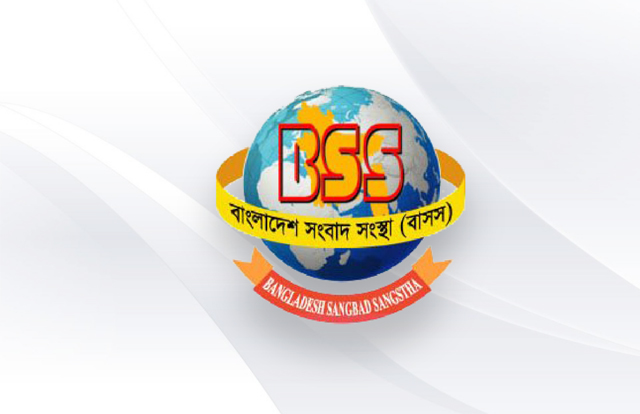
Dhaka, March 25 , 2024 (BSS)- Nowadays, Taslima Miji has to remain busy 24 hours in planning, making, and marketing her leather goods as Eid-ul-Fitr is approaching fast and people seem very interested in buying the products of leather from Gootipa.
Not only ahead of festivals, Miji remains very busy around the year due to the shipment of her leather products to the Netherlands, Germany, and the USA.
Taslima Miji, an entrepreneur and owner of Gootipa, has already made good ground in the country's leather products due to the finest quality of her leather products, especially bags.
Upon completion of her study in sociology at Dhaka University in 2001, she started journalism, as she had a passion for the profession. Miji had worked for leading media houses in the country, including Prothom Alo and the first 24-hour news channel 'CSB'. But she was compelled to quit the profession as she only had to take care of her son. She first tried her luck with entrepreneurship in the computer as well as software business.
“I started the computer business with the title ‘Tech Mania’ in 2016... But I could not do well as the computer-related business was male-dominated.”
"Besides, the corporate clients did not pay arrears in time, causing great loss in my business... Thus, I quit the computer business."
"After that, I started producing leather bags with two staff...though I had no formal training, I had passion for doing something... I struggled a lot," but eventually I could make my own brand in the leather industry, she recalled.
After that, she received training from the Dutch government on how to produce leather bags, which helped her a lot.
Taslima said she did research on making leather goods and their marketing for at least two years before trying her luck with leather goods’ trading.
In 2017, she got the opportunity to export her product to the Netherlands, and she was able to export her products to Germany and the USA.
As she had lost all her seed money in the computer business, she took a SME loan from the bank, which made her way a little bit smoother.
In June 2016, Gootipa established a factory in the city’s Hazaribagh area, which later was shifted to Savar as the government relocated the tannery industry from Hazaribagh to Savar with a view to making the Buriganga river free from pollution of the leather industry and to protect the large population living in Hazaribagh and its adjoining areas from health hazards as well as pollution.
Now, she has 40 staff in her factory, and most of them are women.
Though the leather industry has many problems, such as low wages, health hazards, unsafe working conditions, heavy pollution, and forced overtime, workers working at Miji's factory are very happy in terms of wages and the overall environment.
Apart from the factory, Gootipa has a showroom at Aserana Square in the city to sell her products.
Miji said, “I had to struggle a lot, but I could establish my business with my hard work and dedication.”
According to the Export Promotion Bureau (EPB), leather, leather goods, and footwear exports from Bangladesh reached a 10-year-high in FY 2021–22, as the leather sector earned a total of $1.25 billion.
Bangladesh exports for 2021 were $44.39B, a 13.68% increase from 2020. Bangladesh exports for 2020 were $39.05B, a 15.11% decline from 2019. Bangladesh exports for 2019 were $45.99B, a 12.91% increase from 2018.
But in the recently concluded year 2023 (January to December), the export of leather and leather products from Bangladesh was $1107.35 million, which is 16.02 percent less than the year 2022 due to many challenges such as competition from other materials, facing competition with synthetic leather, and the cost of production is influenced by various factors, including raw materials, labor, and energy costs.
One of the oldest industries in Bangladesh, the leather industry is the country's second-largest contributor to Bangladesh's export earnings after the RMG sector, but the industry may lose its markets around the globe if necessary measures are not taken with immediate effects.
Miji is not an exception; like other entrepreneurs, she is also facing many problems, especially the price hike in raw materials.
"The hike in raw materials put me in trouble again, as cost and competitiveness are significant issues and challenges in the leather manufacturing industry,” Miji said.
“If the prices of raw materials remain stable, I will do my business smoothly and will be able to export my leather products to other countries such as Japan, China, and many European countries, which is sufficient to live a hassle-free life.”